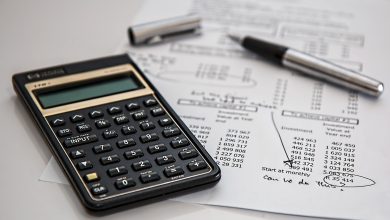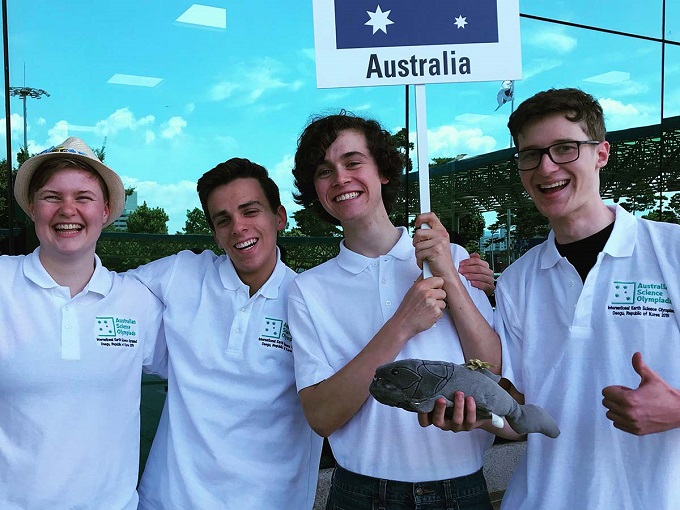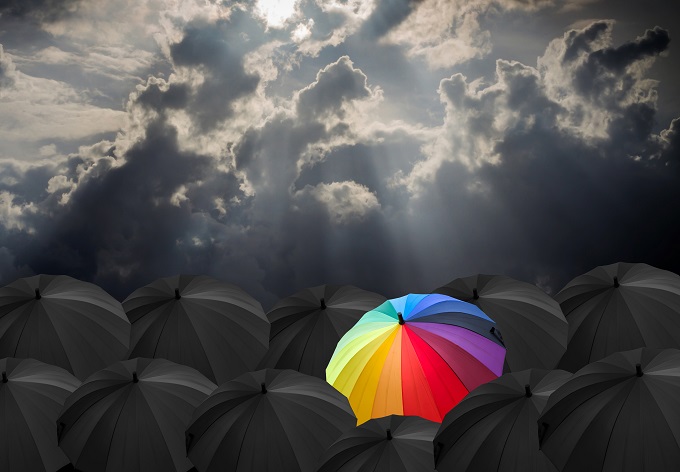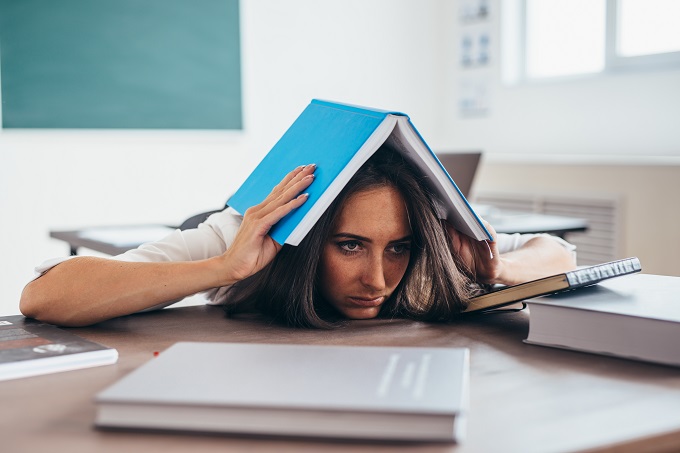The Canberra experience: delivering the Australian curriculum
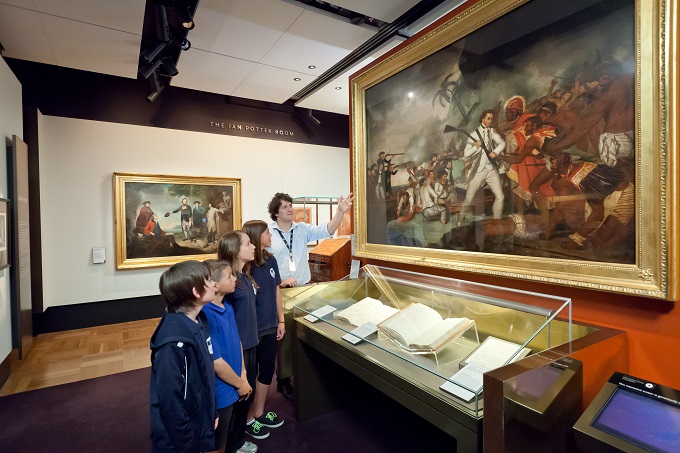
It is well known that Canberra, Australia’s national capital, is the perfect destination for civics and citizenship education.
It has a rich collection of attractions providing curriculum-linked education programs immersing students in hands-on learning in spaces, where real-life democracy takes place.
Where else can you watch government representatives discussing important national issues, or sit in seats where past political figures made decisions that shaped Australia? Or view our nation’s founding documents, with the seal of Queen Victoria? Or watch the High Court deliberate on our constitutional rights?
However, the Canberra excursion experience has changed over the past 20 years, evolving into a sophisticated range of intertwined programs offered at over 23 attractions, all focussing on supporting the successful delivery of the Australian Curriculum.
Nine attractions provide learning experiences considered as core civics and citizenship education, assisting teachers to delve deeply into topics surrounding systems of democratic government, the Constitution, Australia’s justice system, freedoms and responsibilities, Australia’s social history and national identity, whether taking in a program at the Parliamentary Education Office or learning how to vote at the National Electoral Education Centre.
More broadly, many other experiences contribute to the idea of national identity, and the roles all Australians play in our evolving society. Following is a sample of the concepts students can embrace while visiting the National Capital, that on an initial glance may not be seen as civics and citizenship education.
Science and technology
Canberra has a world of science to offer. Home to the headquarters of two of Australia’s leading science organisations, CSIRO and Geoscience Australia, both have education programs designed to engage and inspire students in STEM.
Questacon: The National Science and Technology Centre, provides a fun, all-encompassing look at science at its main site at Parkes, and also caters for those interested in technology and innovation at the Ian Potter Foundation Technology Learning Centre. At the Canberra Deep Space Communication Complex and Mount Stromlo Observatory students can learn about Australia’s ongoing contribution to space exploration and the study of the universe.
This science experience can also extend to exploring our Australia’s flora and fauna at the Australian National Botanic Gardens, the National Zoo and Aquarium and the National Arboretum Canberra, taking a look at how we interact with our natural environment.
Aboriginal and Torres Strait Islander histories and cultures
The cultural institutions have a wealth of collection and exhibition material on offer, recognising Aboriginal and Torres Strait Islander Histories and Cultures as an important cross-curriculum priority for all students to engage in reconciliation, respect and recognition of the world’s oldest continuous living cultures. From collections of indigenous artefacts at the National Museum of Australia to art at the National Gallery of Australia, through to documents and exhibition content at a range of other cultural institutions on the 1967 referendum and the 1992 Mabo decision that reflect on the fight for Indigenous rights, there is an extensive thread of content to be explored and many programs developed specifically to address this topic.
Australian history and culture
History and culture can be explored at all cultural institutions, whether it be exploring Aboriginal and Torres Strait Islander histories, social and political history at the Museum of Australian Democracy, or Australia’s involvement in war at the Australian War Memorial, or how sport is an inherent part of Australian culture, the National Capital is designed to showcase where we have been as a nation and where we are going.
Art
Most would recognise the National Gallery of Australia or National Portrait Gallery as leading art institutions, but a Canberra art excursion can offer so much more. Consider the extraordinary Australian art found on the walls of Parliament House, or in the collections of the National Archives of Australia and National Library of Australia, just to scratch the surface.
A Canberra excursion helps students see themselves as part of a broader society, not just of their own town, their own city or their own school community; it may be the first time they visit an art gallery or a museum, and it aids them to understand they are part of the future, that their vote counts, and that, even as students, they have rights and responsibilities as citizens of Australia.
The high quality of the Canberra experience can be attributed to the education staff of cultural institutions, all focussed on making learning exciting and meaningful, evidenced by a recent University of Canberra research report indicating a nine-out-of-10 rating of teachers’ satisfaction with the programs at Canberra’s cultural institutions and attractions.
Indicating the importance of Canberra school excursions, over the past 13 years the Australian Government has supported the journey of young Australians through the Parliament and Civics Education Rebate, a subsidy providing funding ranging from $20–$260 per student, accessed by those travelling from as close as Sydney to as far away as Broome.
The Canberra excursion can provide all these experiences in a safe and easy to get around location, with many of the cultural institutions and attractions only minutes away from each other. This allows schools the opportunity to take in more activities than possible in other educational tourism destinations. Canberra is a city built within the landscape, as was the vision of its designers Walter Burley Griffin and Marion Mahoney Griffin, concepts that can be explored at the National Capital Exhibition. With lots of open spaces and recreational activities on offer, Canberra can provide an even balance of high-quality education with time to enjoy its bush environment.
Understanding teachers have limited time, a range of tour operators and coach companies, some with 30 years or more experience, can assist in planning excursions to Canberra. These operators work closely with Canberra attractions, continually updating their knowledge of what makes a memorable excursion. With their support, coupled with the introduction of the new Book Canberra Excursions website, teachers need only focus on educational content suiting their students. Many operators can also offer tailored excursions centred on themes outlined above.
The Canberra excursion experience is like no other; however, it can be explored beyond the actual visit. Cultural institutions use their expertise to assist teachers to create practical classroom activities, whole school activities, and local community activities. For instance: running a mock parliament in the classroom after visiting Parliament House; or holding a school election as experienced at the National Electoral Education Centre; or conducting a wreath laying service involving local veterans and local community groups, reflecting a visit to the Australian War Memorial; or running a local portrait competition inspired by the National Portrait Gallery.

